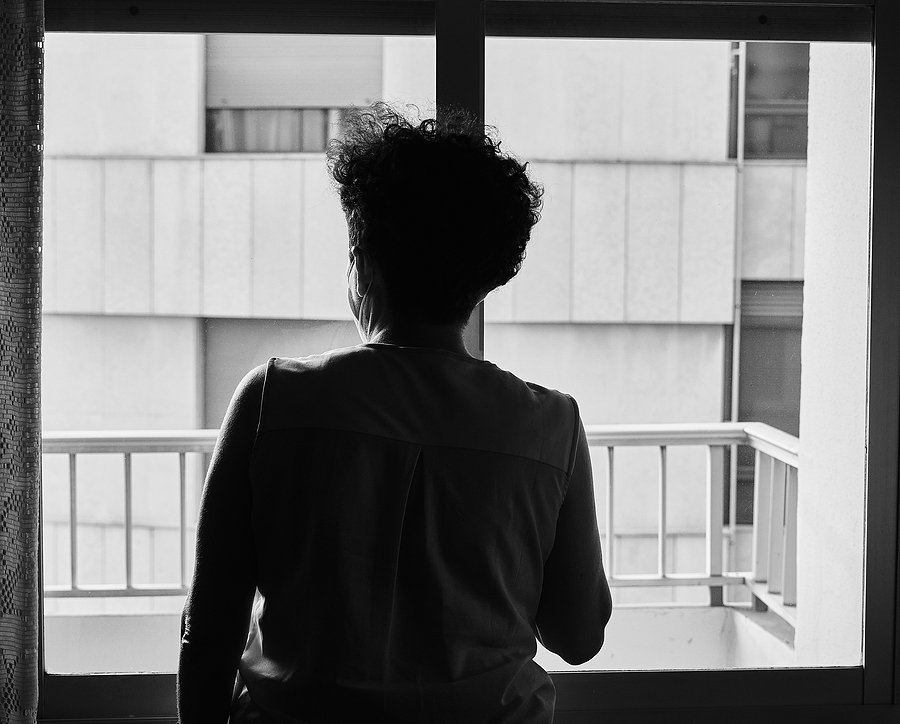In Houston’s Settegast neighborhood, Black women are leading efforts to confront toxic soil, industrial pollution, and rising housing costs that have cut life expectancy by decades.
Adam Mahoney reports for Capital B.
In short:
- Research shows 80% of Black women in Settegast live in high-risk soil contamination zones, with most reporting chronic health problems.
- Industrial sites and a rail yard surround the neighborhood, and housing costs have surged even as pollution persists, driving displacement of long-term Black residents.
- Community members are using grassroots research to push for soil cleanup, better health care access, and protections against unchecked development.
Key quote:
“We know our worth, and it has taken me all this time to realize we also need to be the ones to fight for it, and that we have the power to.”
— Carolyn Rivera, Settegast resident
Why this matters:
Industrial zones, landfills, and freeways are frequently sited in historically Black neighborhoods, leaving residents exposed to toxic chemicals and higher rates of cancer, respiratory disease, and early death. At the same time, developers now target these same areas for gentrification, pushing out longtime families while environmental hazards remain unaddressed. The health risks are multigenerational: Contaminated soil and air can harm children even before birth, while chronic stress from displacement and economic strain further erodes health. This pattern — unequal exposure followed by unequal redevelopment — is repeating across U.S. cities as climate threats and housing pressures mount.
Related: Houston neighborhood faces health crisis from industrial pollution
